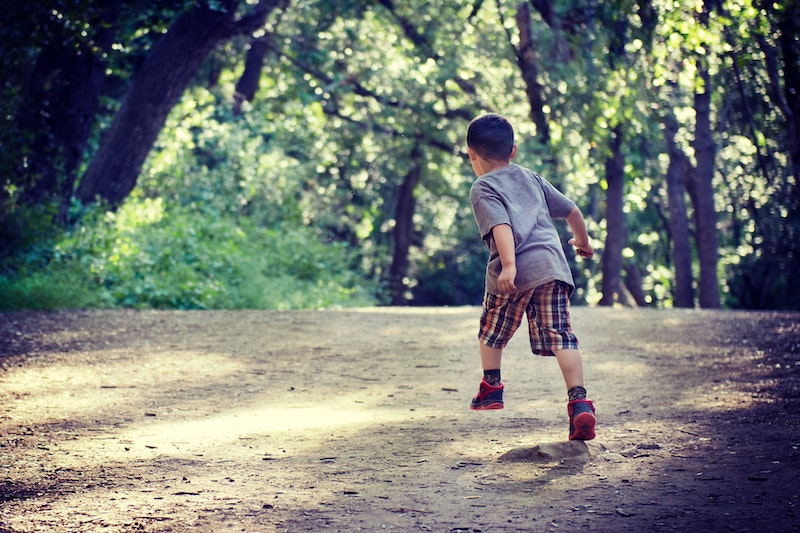It is no secret that children, especially very young children, don’t start out running or even walking with grace. Children tend to look very ungainly when they run and walk, flailing feet, arms, and legs alike. Children differ in the innate ability to learn and execute different skills, such as learning to walk, run, and participate in other gross motor activities. While running gait may differ from one child to the next, some children fall into a typical range of variance, but others may fall into the atypical range if there is a diagnosis that is contributing to a motor deficit. Should parents be worried about clumsy running, and when does it indicate a potential problem in development? Learn more about running gait development in children and when to intervene.
Developmental Milestones and Abnormal Gait Early Detection
During the early years of development, babies and children often display some obvious gait abnormalities. While most of these disturbances are quite common and often correct themselves, some may require medical attention. This timeline describes typical gait development in children:
- Until approximately age 3, a child’s normal gait does not resemble that of an adult, and is usually a wide-based stance with rapid, short steps
- Toddlers display a broad-based gait for support, often appearing high-stepped and flat-footed, with outstretched arms for balance
- Heel strike develops around 15-18 months with reciprocal arm swing
- Running gait and change of direction occur after age of 2 years
- School-aged children experience increased step length and slower step frequency
- Adult gait and posture occur around 8 years of age
Any noticeable “funny” or abnormal running or walking pattern is a valid concern and will be taken seriously by healthcare providers as any developmental issues that may arise are best improved with early detection and intervention. If a child has no diagnosis or apparent difficulties, the “funny” or abnormal running pattern in children is usually a result of muscle imbalance which results in poor coordination. It is important not to brush off these red flags and they should always be addressed. Poor quality of movement early on may lead to larger issues and even chronic pain in adulthood.
Normal Gait Variations vs. Gait Abnormalities in Children
There are several normal gait variances in children that should not be a cause for concern unless prolonged or seem to be causing pain or distress to the child. They include:
- Toe walking is common in children up to age 3 years
- In-toeing, or children walking with knees and feet pointing inwards can be common between ages 3-8 years
- Out-toeing, when children walk with the feet pointed outwards
- Bow legs (genu varus) are common from birth to early toddler-hood, with most resolving by 18 months
- Knock knees (genu valgus) commonly associated with in-toeing and most resolve by age 7 years
- Flat feet, common and usually resolve by age 6 years
- Crooked toes, most resolve with weight-bearing
Conversely, there are abnormal gait patterns in children to consider as well, which may need further evaluation and could indicate undiagnosed conditions. These include but are not limited to:
- Antalgic gait (caused by pain)- reduced time weight-bearing on the affected side
- Circumduction gait- excessive hip abduction as the leg swings forward
- Spastic gait- stiff, foot-dragging with foot inversion
- Toe-Walking without heel contact
- Stepping gait- the entire leg is lifted at the hip to assist with ground clearance
- ‘Clumsy’ gait- frequent falling, difficulty with self-help skills such as dressing, poor handwriting, and learning disabilities may also be present
What To Do If Your Child Runs “Funny”
A physical therapist can help by evaluating and analyzing the child’s overall flexibility, strength, coordination, and balance in order to find the root of the problem. Niagara Therapy, LLC has a skilled team of therapists that will work with your child to help improve any strength deficits and improve coordination and flexibility with skilled exercises and education. At Niagara Therapy, LLC, we also work closely with parents to provide ideas of exercises and activities for the parents to do with their child at home. When working with children, our physical therapists make fun the top priority to help engage the child and help motivate them to participate in therapeutic intervention. Contact Niagara Therapy, LLC today to schedule a consultation.



